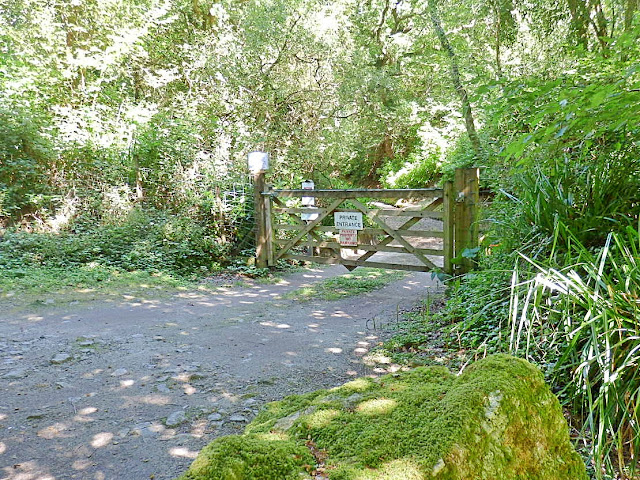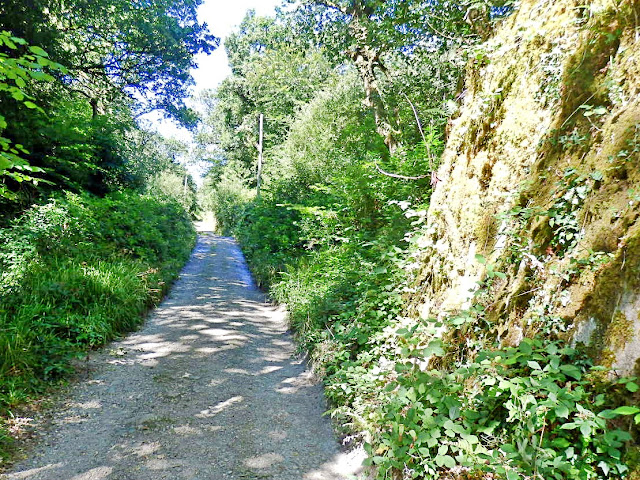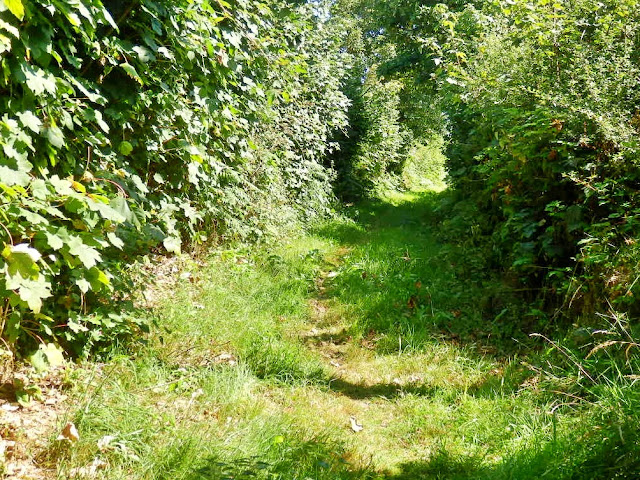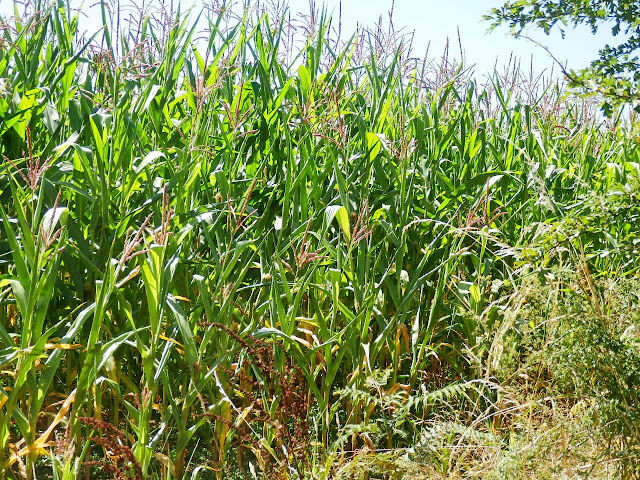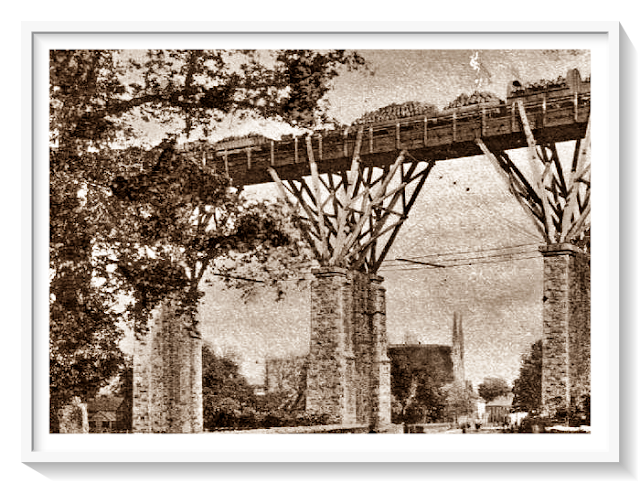There's been a rumbling of sorts, in St.Austell and all because of a new piece of artwork, as above. It's big! It is the UK's largest ceramic sculpture and is said to have cost £80,000. Oh, and in the photo above I missed off the very top of the sculpture. The title of the artwork is 'The Earth Goddess'.
The controversy rumbles on because some Church leaders are urging the town council to significantly change or remove the goddess. They claim that the local authority has likely, unknowingly, chosen to reject God by allowing the artwork to be erected.
Anyway let's move on, I'll come back to the Goddess later in the post. For now though, lets take a look at some of the much older parts of St. Austell town. Below is the Coral Moss shop and ...
... then a local Estate Agent. Property prices are rising in Cornwall.
Next we have the lovely Holy Trinity Church. There has been a church building on this site since 1169. Part of the current building dates back to 1290.
The church stands on high ground and overlooks the White Hart hotel and pub. The hotel was previously the town house of Charles Rashleigh the Charlestown founder. See my previous post Photos and a Brief History of Charlestown, Cornwall
Another view of the church.
Looking from the opposite side of the church is the old Market House. There is also a free, but small, museum.
A touch of street art on the side of a building next to the Market House.
If we look outwards from the front of the church there is Fore Street, one of the main shopping areas. It has to be said, though, that, as with many towns, there are a few empty shops.
A view of the church looking back from Fore Street.
We have now slipped out of the Fore Street and into Biddicks Court where there is the Wetherspoon outlet called Rann Wartha.
A couple of photos from the back street.
Moving on to the newer part of St. Austell - a butcher and a greengrocer but no candlestick maker. There are bakers though, so a ready supply of pasties is available.
There are lots of flowers in this new(er) section of St. Austell.
Below is looking outward from the shops.
Four photos now of some of the flowers by the newer shops. As you can see I managed to click the pics when there wern't too many people about.

So here we are again back at the controversial earth goddess - including the top part.
I guess when the goddess is in the right position, with the cinema and flowers in the background, she doesn't look too bad at all.
Nearby there is a pleasant odour of fish and chips - even though I'm vegetarian!
I wonder what some of St.Austell's well known people, from the past, would have made of the goddess?
That's all for today. I have, though, written a previous St. Austell post: A Flavour of St. Austell, Cornwall - 26 Photos if interested.
All good wishes ~ Mike.




















































